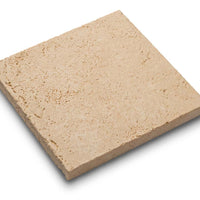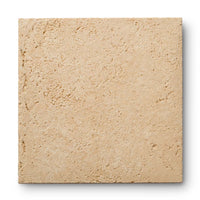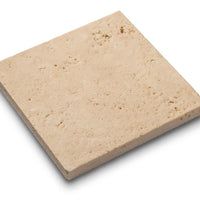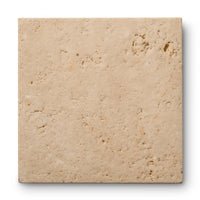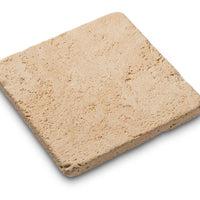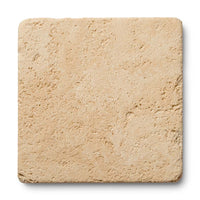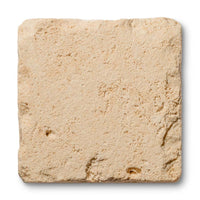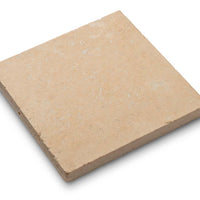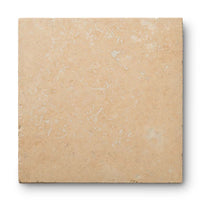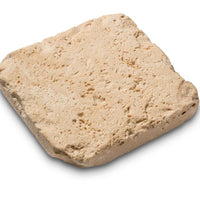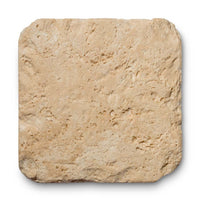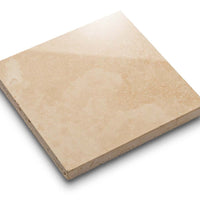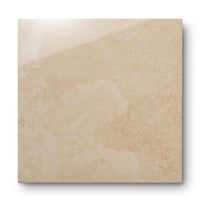Guide To Molding Types

Most designers agree that nothing completes a design vision like architectural moldings. You can choose ornate cornice moldings that evoke Victorian grandiosity or simple surrounds that offer sleek, clean contemporary lines.
Knowing the different materials, styles, finishes, and available customizations for architectural mouldings will help you add the finishing touches to your dream design vision.
Are you ready to transform from divine inspiration to project completion? Let’s dive in.
The terminology designers and builders use for architectural baseboard molding can sometimes be vague and contradictory. Educating yourself on the different types of decorative molding will help you communicate and achieve your design plan.
Ornamental wood pieces in design are called millwork. Traditionally, millwork only involved wood, but now it can refer to other materials such as metal and plastic. Millwork includes everything from doors to molding.
Molding falls under the umbrella of millwork and refers to any form of edging such as casings and framings. Casing specifically denotes decorative molding covering the gaps between windows and doors.
According to Erik Evens, an instructor at the Institute of Classical Architecture and Art:1
“Moldings are the alphabet of the language of classical architecture. They are the
smallest bits into which classical architecture can be divided, while retaining definable characteristics.”
On a practical level, architects have always used moldings as a decorative element to cover the intersections between multiple building materials. Aesthetically, they add supplemental visual detail through the shadow that creates depth and dimension.
The principles that drove ancient architects to add molding to elaborate Greek temples and palaces are the same principles modern designers follow. That’s why architectural mouldings are a design element you don’t want to ignore.
Before you even think about which molding style to add to your home, you must first choose your desired material. Natural wood molding can bring chic, modern lines to a contemporary home, while colorful tile recalls the liveliness of an Italian villa.
To help you choose the perfect material for the baseboard molding in your home, we’ll highlight some of the most common materials, as well as their unique advantages and disadvantages.
Wood molding is typically the standard choice, its advantages include:
Lightweight
Easy to install and paint
Blends in with your design
Homeowners can now purchase wood alternatives made from foam, rubber, plastic, and polyurethane. Wood alternatives have many advantages such as:
Flexibility
Resilience
Stone and tile molding are a high-end option for homeowners who want to elevate the style and aesthetic of their homes. Advantages include:
Customization
Quality
You can find architectural mouldings in almost every interior and exterior design plan from historic European cottages to contemporary American mansions. Whatever the style of the home, moldings and wall trim materials help complete the space by unifying different design elements and materials to create a cohesive artistic vision.
Some of the most common types of decorative moldings that you might encounter include:
Baseboards – Baseboards are the vertical finishing element where the wall meets the floor. A typical home uses baseboards two to six inches high. With stone or tile, baseboards cap the floor with an additional visual detail.
Surrounds – Surrounds enshrine elements such as doors or windows. They can finish shower doors, water fountains, mosaic backsplashes, and so much more.
Chair Rails – About 30 to 40 inches above the floor, at the height of the top of a chair, chair rails are a beautiful design detail with the decorative purpose of protecting walls from damage from sliding furniture. You’ll find chair rails often in dining rooms. Their width can range from pencil-thin to a larger band. Chair rails also sometimes cap off wainscotting.
Wainscot Molding – Historically placed between the baseboard and a chair rail, a wainscot is decorative wood paneling. Now, wainscot molding is a versatile design element available in various materials from wood to natural stone. This type of molding offers additional design opportunities, depth, and character.
Cornice Molding – Cornice molding is a horizontal decorative structure that adds an ornamental element to the exterior facade of the home. It also appears inside the home over windows, doors, and where the wall meets the ceiling. A custom-made cornice molding can emulate almost any design style from classic Victorian to ornate Rococo or even offer a simple and modern embellishment.
Crown and Corner Molding – Incorporated where the wall meets the ceiling, crown and corner moldings add additional depth and detail to a room. A larger room with a high ceiling height benefits especially from the visual impact provided by crown and corner moldings.
Crown and corner molding are so ubiquitous that they include a subset of molding designs including:
Cove – Cove molding is a simpler version of crown molding that features a concave appearance. Cove molding is at home in contemporary design.
Dentil – Dentil molding is a form of elaborate detailing. Look for the characteristic pattern of small repeating squares. Dentil molding is at home in classical design.
Egg-and-Dart – Egg-and-dart molding is a form of crown molding with a pattern of repeating egg shapes and dart shapes. Egg-and-dart molding is at home in Grecian revival design.2
Selecting the correct types of decorative moulding to coordinate your style and design plan is essential. A deep crown molding featuring a center medallion on the ceiling would be a stark contrast to a contemporary-style ranch home. Follow these guidelines for the standard home styles:
Modern – A modern home looks best with plain moldings with little detail.
Traditional – A traditional home looks wonderful with deep baseboards and wide casings.
Period-Style – A period-style home looks elegant with intricately detailed decorative moldings.
Once you’ve selected your molding material and type, choose from a wide array of finishes to customize your molding fully. Common stone finishes include:
Tumbled
Honed
Polished
Whichever finish you choose, keep your overarching design aesthetic in mind. A polished finish communicates extravagance and glamour, while a tumbled finish offers a warm, rustic feeling.
Add molding throughout your home to create a cohesive throughline that carries your guests between each room. Prioritize consistency with the types of decorative moulding that you choose, but don’t be afraid to add eye-catching details like intricate crown molding in the foyer and elaborate chair railings in your dining room.
If you’ve chosen a style of molding that you can install yourself, follow these basic steps:
Find the Wall Studs – Use a stud finder or a similar tool to find the wall studs.
Mark the Studs – Use a pencil to mark the location of each stud.
Measure between the Corners – Use a tape measure to determine the distance between the two interior corners.
Cut the Molding – Cut a piece of molding to fit the length between the interior corners.
Pre-drill the Molding – At each wall stud, pre-drill the molding so you can nail it into place.
Use a Nail Set – A nail set will prevent you from denting the molding.
Add a Finish – Coat the raw edges with a light coat of finish once you’ve installed all of the moldings.
Hide Nail Holes – Wood putty or filler sticks will hide the nail holes.
Of course, the molding installation protocol will depend on the types of decorative moulding you choose. For more complex molding installation, our expert designers can walk you through the process or help you contact an experienced tradesperson.
If you’ve been searching high and low for the right architectural stone and molding type for your design project, look no further than MATERIAL Bespoke Stone + Tile. We offer fully customized stone, glass, and ceramic tile to help you craft your project. Your home should be fully customized to your family’s wants and needs, and with Materials Marketing, it can be.
Sources:
Traditional Building. Purpose of Classical Moldings. https://www.traditionalbuilding.com/product-report/purpose-moldings
Bob Vila. Know Your Moldings: 10 Popular Trim Styles to Spiff Up Any Space. https://www.bobvila.com/slideshow/know-your-moldings-10-popular-trim-styles-to-spiff-up-any-space-44353
Please note: comments must be approved before they are published.
* indicates a required field
Our finishes are applied by hand, ensuring that each element of your order matches and blends together well. In some instances, you may notice a natural variation in the application of the finish. This is normal and should be expected with a handmade item.
